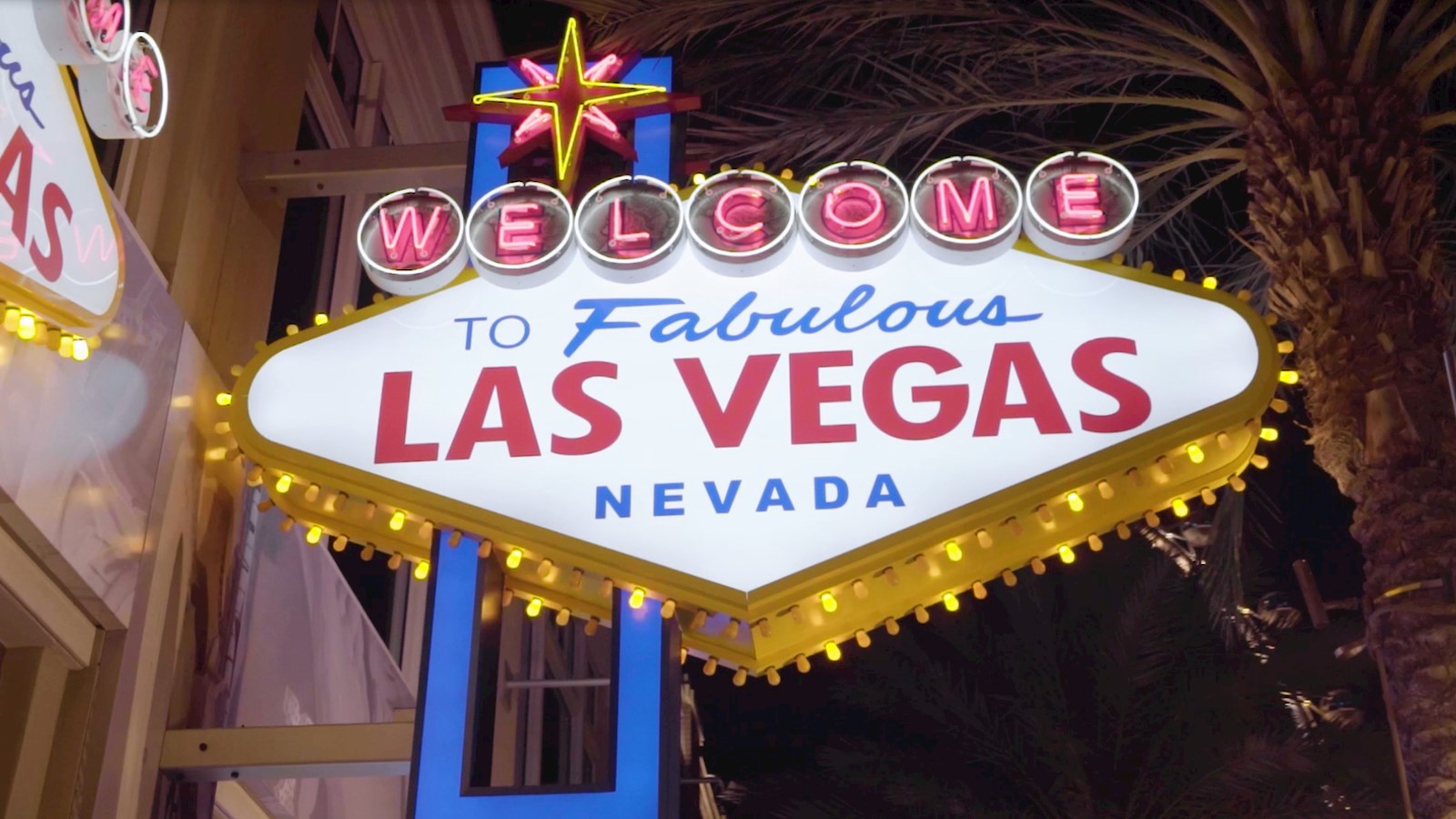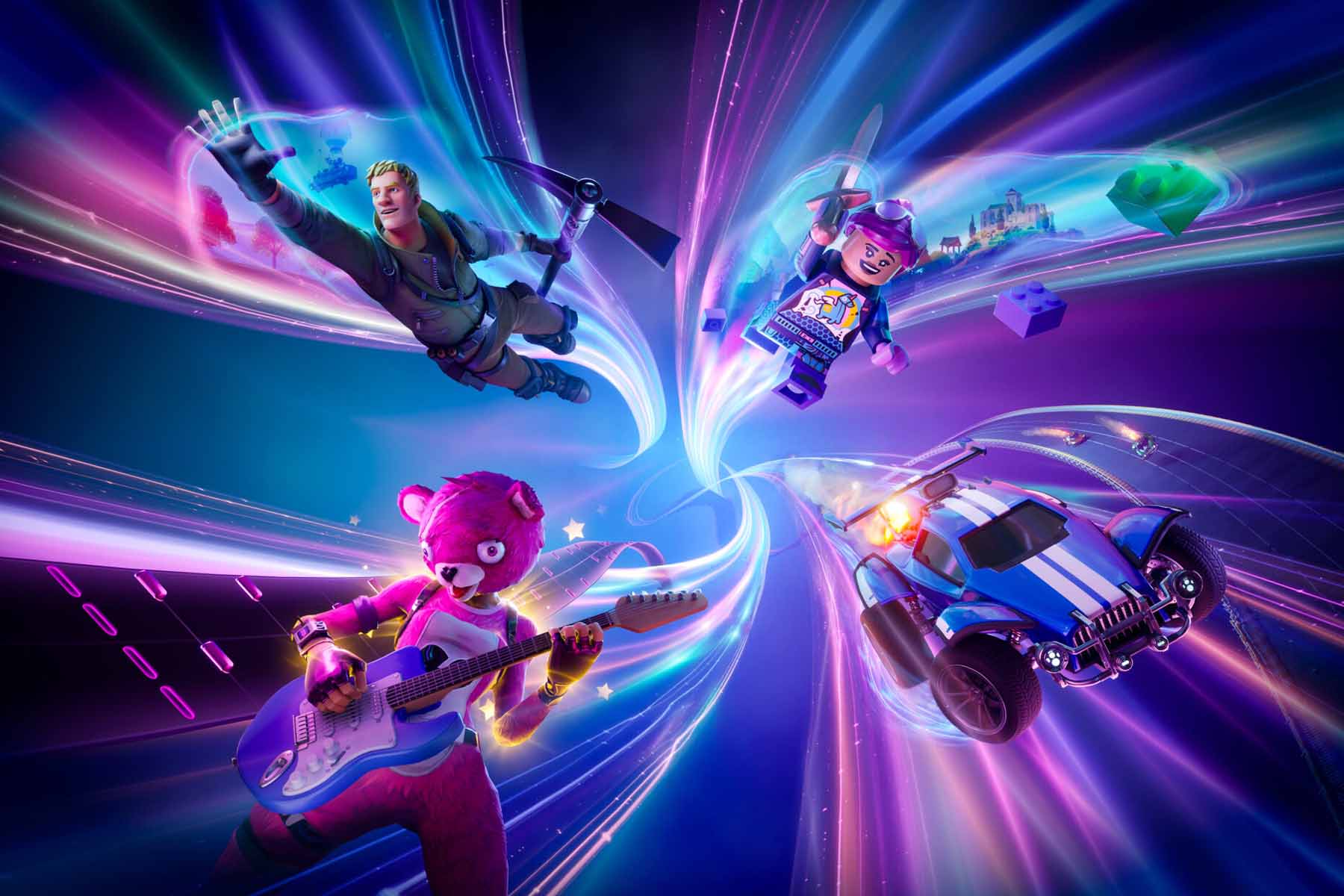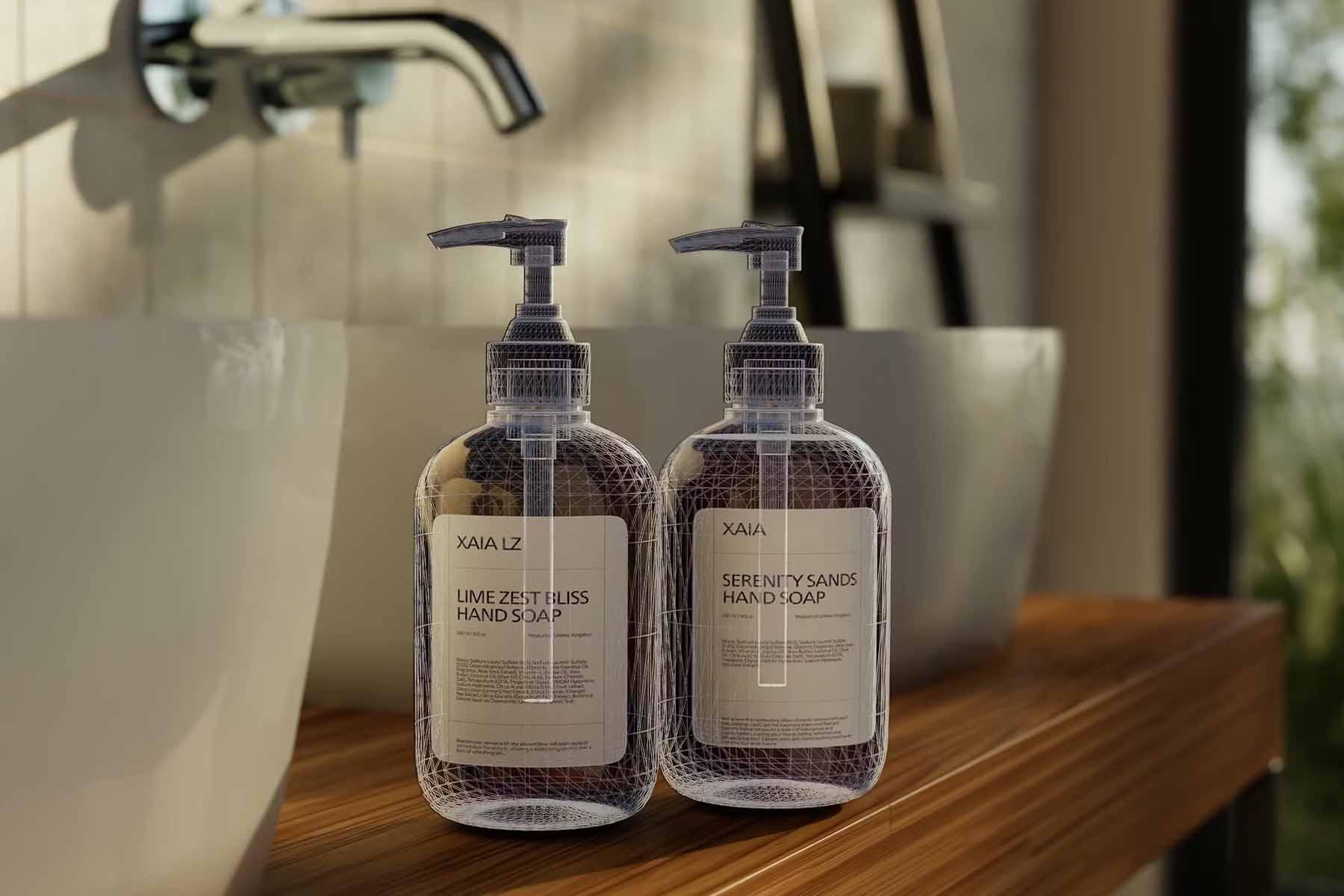
CES 2020: The Consumer “Experience” Show?
Technology and experiences unite at the Consumer Electronics Show (CES)
As the largest technology show in the world, CES now goes beyond products and prototypes and has established itself as a global gathering of ideas and experiences that transform and enrich people’s lives.
Indeed, as tech companies transition into the lifestyle space, the E in CES is increasingly less focused on “electronics” and more on “experience”. Hyper-personalisation, human connectivity, and experience all dominated the conversation at the WPP Terrace.
Highlights from the WPP Terrace:
Recognising the innovations, among thousands, that will impact the future remains one of the most valuable takeouts of the show. Here's my five key trends from CES 2020:
Connected living
Connected living means a world where everything – homes, offices, cities – are connected via smart devices. These bring together data, voice, video and more to provide a continuous experience, according to our personal needs. This year will see increased connection, reasonable pricing and seamless presence in everyday life, resulting in increased consumer investment and adoption.
Beyond major players such as Amazon Echo and Google Home, plenty of third-party devices demonstrated the power of connected living in the home, car and office at an accessible cost. More importantly, many extend beyond simple voice assistance and tout the power of embedded smart screens to connect sound, touch and sight.
As screens become increasingly embedded into devices of all sorts and sizes, there’s potential to explore new spaces. Understanding opportunities for integration and screen share could be useful ways to reach consumers in unexpected but practical ways.
Personalised health tech
This year at CES, non-invasive health monitoring, fitness tracking, sleep hygiene, virtual care, fertility, artificial intelligence, bio-hacking devices, and femtech generated the most buzz.
Health tech will continue to change the healthcare experience both at the doctor's surgery and at home. Increasingly, at-home diagnostic testing and examination devices (like TytoCare and the MedWand) replace the need for a doctor to examine you IRL, at least for at-home acute-care situations.
There were many examples of technology-based solutions to help with the management of existing medical conditions. Brilliant Company, who use sensors, cloud and analytics “to track the quality of the air you breathe”, exhibited their Pico Go device which allows for real-time data tracking and potentially life-saving interventions to help with the management of paediatric asthma patients. Smart wearable non-invasive continuous glucose monitoring product Glutrac was another notable example.
Companies also expanded the definition of health tech to devices and systems to address emotional and mental health – helping you deal with sleep or anxiety.
Technology-based health monitoring and self-treatments will become a solid segment within the world of technology and are ones to watch closely in the future.
The future of mobility
From concept cars to improving safety and entertainment for passengers, 2020 was another prominent year for transport. There was no shortage of ‘wow’ moments in automotive innovation at CES. Mercedes and James Cameron teamed up to develop an Avatar-inspired vehicle, Uber and Hyundai debuted their flying taxi, Honda unveiled a concept car known simply as the Augmented Driving Concept and Sony’s ultra-wide panoramic dashboard screen demonstrated what in-car entertainment experiences in driverless cars could be like.
Companies also addressed the “last mile” problem among commuters – which stipulates that most businesses are located further from transport than people are willing to walk to, so brands are coming up with answers and solutions in the form of new foldable bikes and advanced scooters.
Content as the great connector
Connecting with consumers requires a story, and content’s power will only grow as the technology that delivers it becomes more powerful.
The ‘great streaming war’ between incumbent platforms (such as Netflix and Hulu) and emerging competitors (such as NBC’s Peacock and HBO Max) was evident on the convention floor. This year’s show floor featured more streaming platform reveals and announcements of licensing deals, original content, tech platforms and pricing than any previous year, including those which look different from what we already know, like the premium short-form platform Quibi. We’re already seeing how technologies such as 5G, AI, gaming accessories, wearables and new TV/mobile form factors are driving entertainment experiences like never before.
With new platforms come new promises and stories. Content consumption in all its forms isn’t slowing down. As the battle between the platforms plays out, consumers want to be served hyper-personalised content experiences. This means more utility, more screens, more content and more opportunities for advertisers.
Privacy and security is paramount
Consumers turn to technology to help keep them safe, and they have high expectations around how those devices handle their privacy. The CES floor featured dozens of smart home surveillance cameras, like the Sunflower home-security drone, and Amazon’s Ring announced an expanded security dashboard. Apple returned to CES for the first time in 28 years to focus on privacy concerns, hosting a round-table on what “privacy by design” means by them.
Technology can help consumers feel more secure – in their home, in their world – but it requires responsible usage of data and information so that the technology adds to a feeling of security instead of becoming another concern.
For more insights from this year’s conference, explore our agencies' highlights from CES 2020:
Read Geometry's Not Another CES 2020 Trends Wrap-Up
Read MediaCom's A Marketer's Lens on CES 2020
Read Wavemaker's #WMxCES Key Themes & Takeaways 2020
Read Wunderman Thompson's CES 2020 Flash Briefing
published on
15 January 2020
Category
More in Technology & data

How to build your brand in-game
A new research report from WPP and SuperAwesome

WPP puts itself at the heart of collaborative 3D worlds
Pixar's 3D animation file format – USD – is the invisible building block of our digital 3D future.

A clarion call for AI, accessibility & advertising
Innovating at the intersection of AI, accessibility, and advertising

